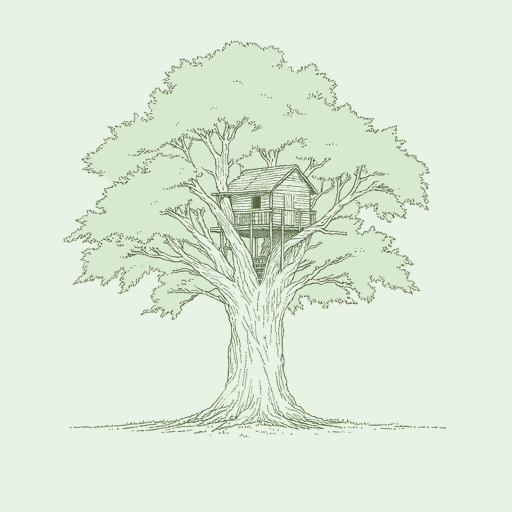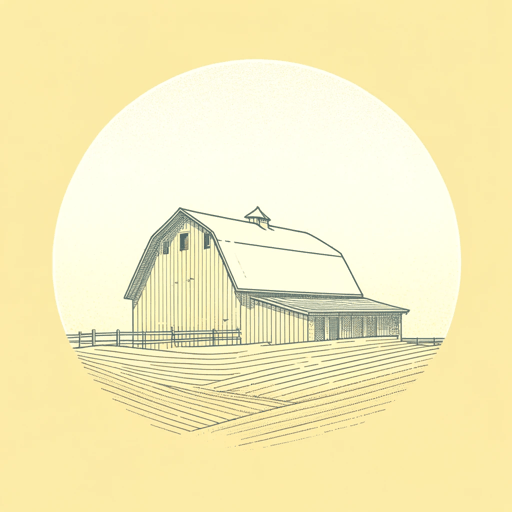59 pages • 1 hour read
Diane ChamberlainThe Last House on the Street
Fiction | Novel | Adult | Published in 2022A modern alternative to SparkNotes and CliffsNotes, SuperSummary offers high-quality Study Guides with detailed chapter summaries and analysis of major themes, characters, and more.
Important Quotes
Content Warning: This section of the guide discusses racism, racist violence, and miscarriage.
“‘‘How can you move into the house that took him from you?’ She asked the question I’ve been wondering myself. ‘No one should have put a house there to begin with. All those new houses. They don’t belong. But especially that one. Yours. So modern. And stuck back in the trees like it is.’”
(Chapter 1, Page 3)
This quote, from a woman calling herself Ann Smith, is actually from Brenda, Ellie’s former friend. The comment is ironic in that Garner, Brenda’s husband, also died as a result of a fall on the same property. Brenda manipulates Grieving a Romantic Partner, establishing the novel’s suggestion that people who are grieving should strive not to perpetuate more grief. Chamberlain also highlights the distinction between the old residence in Round Hill and the new house that is completely modern, a contrast between old and new that runs through the narrative.
“As I continued to interview the students, their passion and commitment—their belief in the rightness of what they were doing—made sense to me. Those students, white and Negro put themselves on the line, body and soul. They were steadfastly nonviolent, not even fighting back when abused by passersby or dragged away by the police, and my articles about the protests grew more sympathetic toward them even without me realizing it.”
(Chapter 2, Page 10)
Ellie describes the process of becoming aware of and then committed to the “rightness” of the civil rights movement in the 1960s. Through her, Chamberlain explores Ignorance of Racial Disparity and the significance of educating oneself. Ellie’s reference to a Black individual as “Negro” is characteristic of the time—1965—in which the narrative takes place. She finds it surprising when individuals refer to themselves as “Black,” which Win characterizes as a stronger term, highlighting the importance of language and emphasizing the successes of the civil rights movement by 2010 when the characters use the term “Black.”
Related Titles
By Diane Chamberlain



